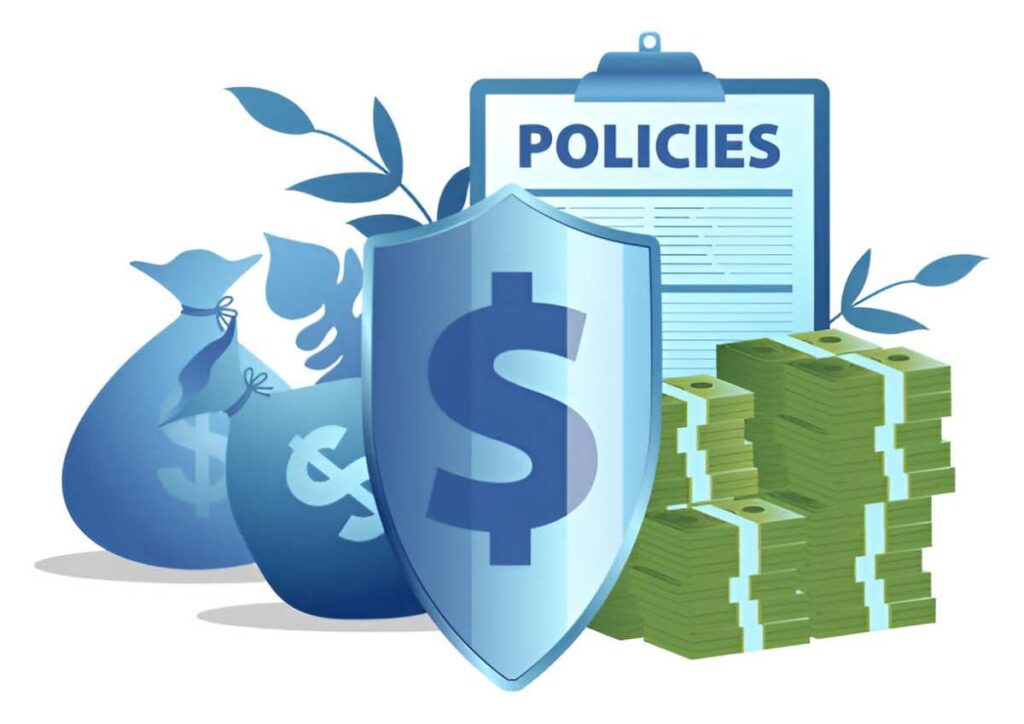Interest rate management is a critical aspect of financial planning for businesses, investors, and even individuals. One of the tools I’ve found particularly useful in this domain is the Rate Anticipation Swap (RAS). If you’re new to this concept, don’t worry—I’ll break it down step by step. By the end of this guide, you’ll have a solid understanding of what RAS is, how it works, and why it’s a powerful tool for managing interest rate risk.
Table of Contents
What Are Rate Anticipation Swaps?
A Rate Anticipation Swap is a financial derivative that allows parties to manage their exposure to interest rate fluctuations. It’s a type of interest rate swap where one party agrees to pay a fixed rate, while the other pays a floating rate based on a benchmark like the LIBOR or SOFR. The unique aspect of RAS is that it’s designed to anticipate future changes in interest rates, making it a proactive tool for risk management.
For example, if I expect interest rates to rise, I might enter into a RAS to lock in a fixed rate now, thereby avoiding higher payments in the future. Conversely, if I expect rates to fall, I might prefer a floating rate to benefit from the decline.
Why Use Rate Anticipation Swaps?
Interest rates are inherently volatile, influenced by macroeconomic factors like inflation, monetary policy, and economic growth. For businesses with significant debt or investors holding interest-sensitive assets, this volatility can pose a substantial risk.
I’ve seen companies struggle with rising interest costs, which can erode profits and destabilize cash flows. Similarly, investors holding bonds or other fixed-income securities can face losses when rates rise, as bond prices typically fall in such scenarios.
Rate Anticipation Swaps offer a way to mitigate these risks. By locking in favorable rates or aligning payments with expected rate movements, I can protect my financial position and focus on my core objectives without worrying about unpredictable interest rate changes.
How Rate Anticipation Swaps Work
To understand RAS, let’s start with the basics of interest rate swaps. In a typical swap, two parties agree to exchange cash flows based on a notional principal amount. One party pays a fixed rate, while the other pays a floating rate. The notional principal is never exchanged—only the interest payments are.
In a Rate Anticipation Swap, the structure is similar, but the motivation is different. The goal is to anticipate and respond to future rate changes. Here’s a simple example:
Suppose I’m a business owner with a $1 million loan at a floating rate of SOFR + 2%. If I expect SOFR to rise from its current 3% to 5% over the next year, my interest payments will increase significantly. To hedge this risk, I enter into a RAS with a financial institution.
Under the terms of the swap:
- I agree to pay a fixed rate of 4% on the notional $1 million.
- The financial institution agrees to pay me the floating rate of SOFR + 2%.
If SOFR rises to 5%, my loan payments would increase to 7% (5% + 2%). However, under the swap, I pay 4% and receive 7%, effectively locking in a net payment of 4%. This protects me from the rate increase.
On the other hand, if SOFR falls to 2%, my loan payments would drop to 4% (2% + 2%). Under the swap, I still pay 4% and receive 4%, resulting in no net benefit or loss.
This example illustrates how RAS can be used to manage interest rate risk effectively.
Mathematical Representation of Rate Anticipation Swaps
To delve deeper, let’s look at the mathematical framework behind RAS. The key components are the fixed rate, floating rate, and notional principal.
Let:
- N = Notional principal
- r_f = Fixed rate
- r_v = Floating rate (e.g., SOFR + spread)
- t = Time period
The cash flows for each party can be represented as follows:
Fixed-rate payer:
CF_{fixed} = N \times r_f \times tFloating-rate payer:
CF_{floating} = N \times r_v \times tThe net payment for the fixed-rate payer is:
Net_{fixed} = CF_{fixed} - CF_{floating}Similarly, the net payment for the floating-rate payer is:
Net_{floating} = CF_{floating} - CF_{fixed}These equations help quantify the financial impact of the swap under different interest rate scenarios.
Practical Example with Calculations
Let’s consider a practical example to solidify our understanding. Suppose I’m a CFO at a mid-sized manufacturing company with a $5 million loan at a floating rate of SOFR + 1.5%. Current SOFR is 2.5%, and I expect it to rise to 4% over the next year.
To hedge this risk, I enter into a RAS with a bank. The terms are:
- Notional principal: $5 million
- Fixed rate: 3.5%
- Floating rate: SOFR + 1.5%
Scenario 1: SOFR rises to 4%
- Loan interest rate: 4% + 1.5% = 5.5%
- Interest payment without swap: 5,000,000 \times 5.5\% = 275,000
- Under the swap:
- I pay fixed: 5,000,000 \times 3.5\% = 175,000
- I receive floating: 5,000,000 \times 5.5\% = 275,000
- Net payment: 175,000 - 275,000 = -100,000 (I receive $100,000)
Scenario 2: SOFR falls to 2%
- Loan interest rate: 2% + 1.5% = 3.5%
- Interest payment without swap: 5,000,000 \times 3.5\% = 175,000
- Under the swap:
- I pay fixed: 5,000,000 \times 3.5\% = 175,000
- I receive floating: 5,000,000 \times 3.5\% = 175,000
- Net payment: 175,000 - 175,000 = 0
This example shows how RAS can protect against rising rates while maintaining flexibility if rates fall.
Advantages of Rate Anticipation Swaps
- Risk Management: RAS allows me to hedge against adverse interest rate movements, providing stability and predictability.
- Cost Efficiency: Compared to other hedging instruments like options or futures, swaps often have lower transaction costs.
- Customization: The terms of the swap can be tailored to my specific needs, including the notional amount, duration, and rate structure.
- No Upfront Cost: Unlike some derivatives, RAS typically doesn’t require an upfront premium.
Disadvantages of Rate Anticipation Swaps
- Counterparty Risk: If the other party defaults, I could be exposed to significant losses.
- Complexity: Understanding and managing swaps requires a certain level of financial expertise.
- Opportunity Cost: If rates move in my favor without the swap, I miss out on potential savings.
Comparing RAS with Other Interest Rate Management Tools
To provide a broader perspective, let’s compare RAS with other common interest rate management tools:
| Tool | Pros | Cons | Best Use Case |
|---|---|---|---|
| Rate Anticipation Swap | Customizable, no upfront cost | Counterparty risk, complexity | Hedging expected rate changes |
| Interest Rate Futures | Standardized, liquid market | Less flexible, margin requirements | Short-term hedging |
| Interest Rate Options | Limited downside, flexibility | Upfront premium cost | Protecting against extreme rate moves |
| Caps and Floors | Limits on rate movements | Costly for long-term use | Managing variable-rate debt |
This table highlights the unique advantages of RAS, particularly its flexibility and cost-effectiveness for anticipating rate changes.
Real-World Applications of Rate Anticipation Swaps
I’ve seen RAS used effectively in various industries. For instance, a real estate developer with a floating-rate construction loan might use RAS to lock in a fixed rate, ensuring predictable financing costs. Similarly, a pension fund holding long-term bonds might use RAS to protect against rising rates, which could erode the value of its portfolio.
In the US, where interest rates are influenced by Federal Reserve policies, RAS can be particularly valuable. For example, during periods of quantitative easing, when rates are low but expected to rise, businesses can use RAS to lock in favorable rates before they increase.
Regulatory and Accounting Considerations
In the US, interest rate swaps are subject to regulation under the Dodd-Frank Act, which mandates clearing through central counterparties and reporting to trade repositories. This ensures transparency and reduces systemic risk.
From an accounting perspective, swaps are typically recorded at fair value on the balance sheet, with changes in value recognized in earnings or other comprehensive income, depending on the hedge designation. This can impact financial statements and key metrics like debt-to-equity ratios.
Conclusion
Rate Anticipation Swaps are a powerful tool for managing interest rate risk, offering flexibility, cost efficiency, and customization. While they come with certain complexities and risks, their benefits often outweigh the drawbacks, especially in a volatile interest rate environment.





